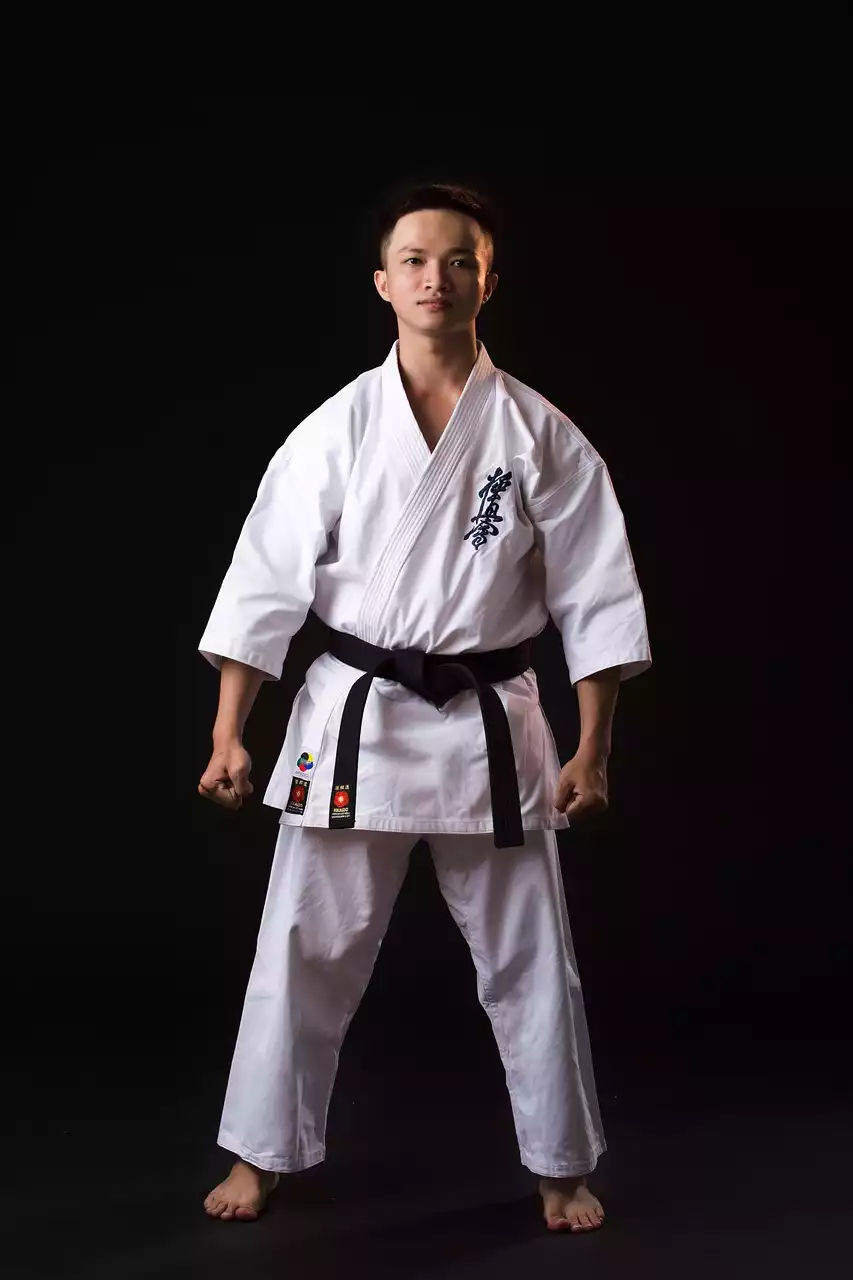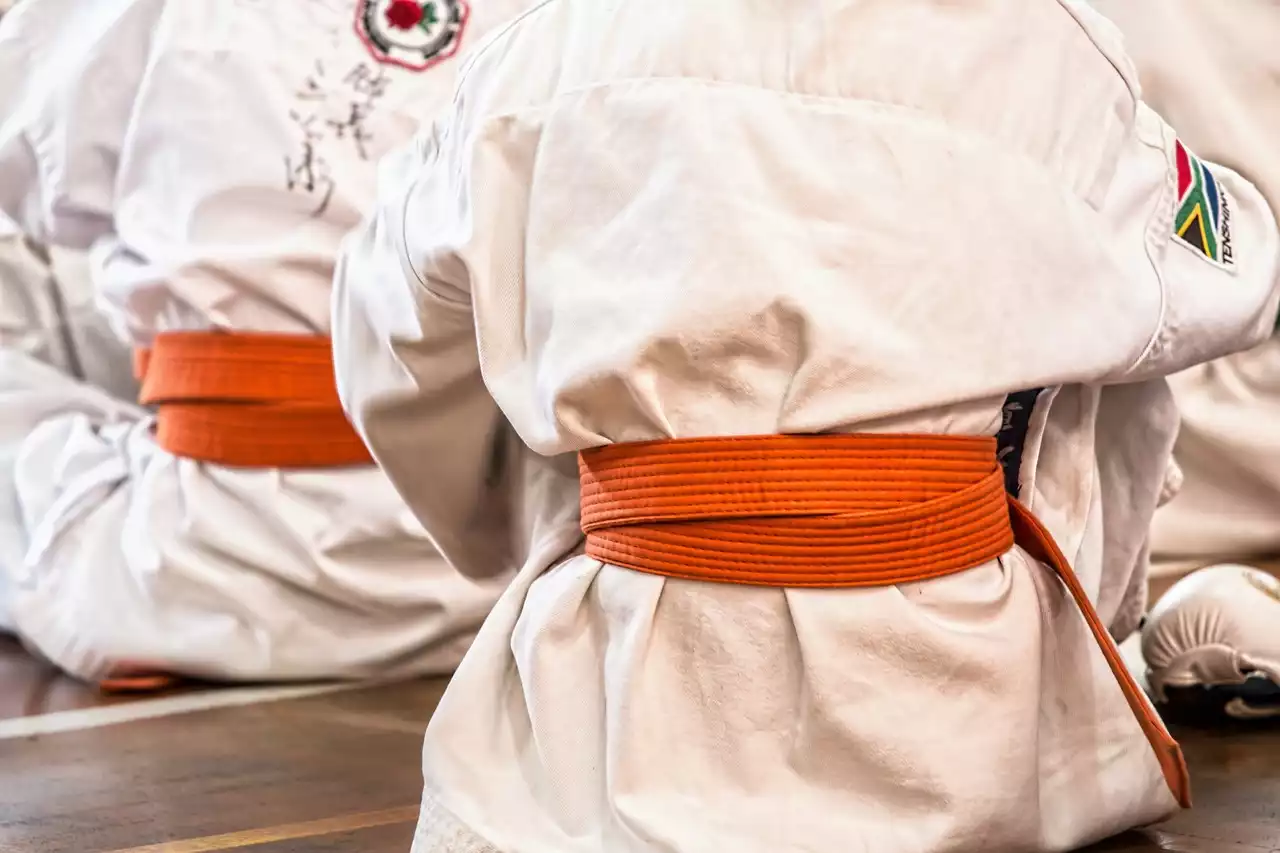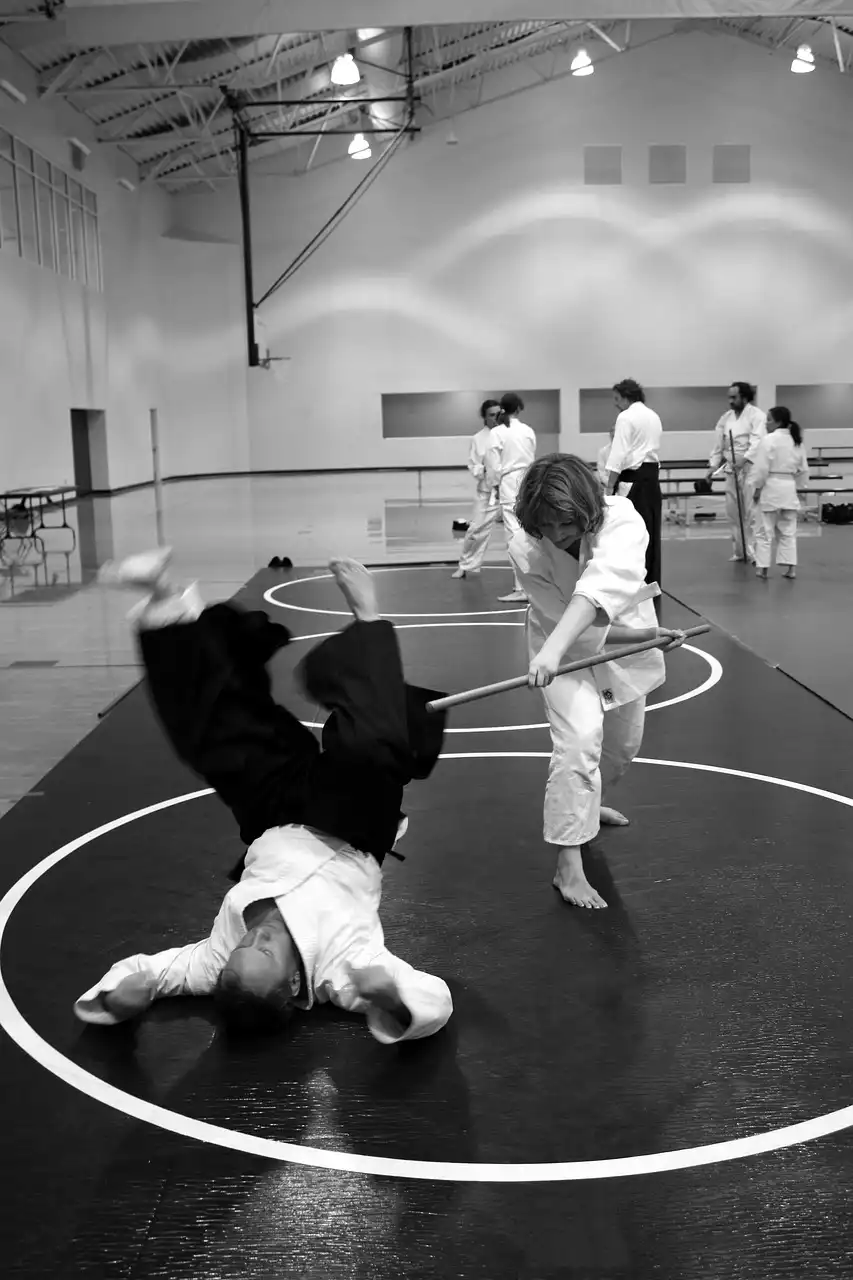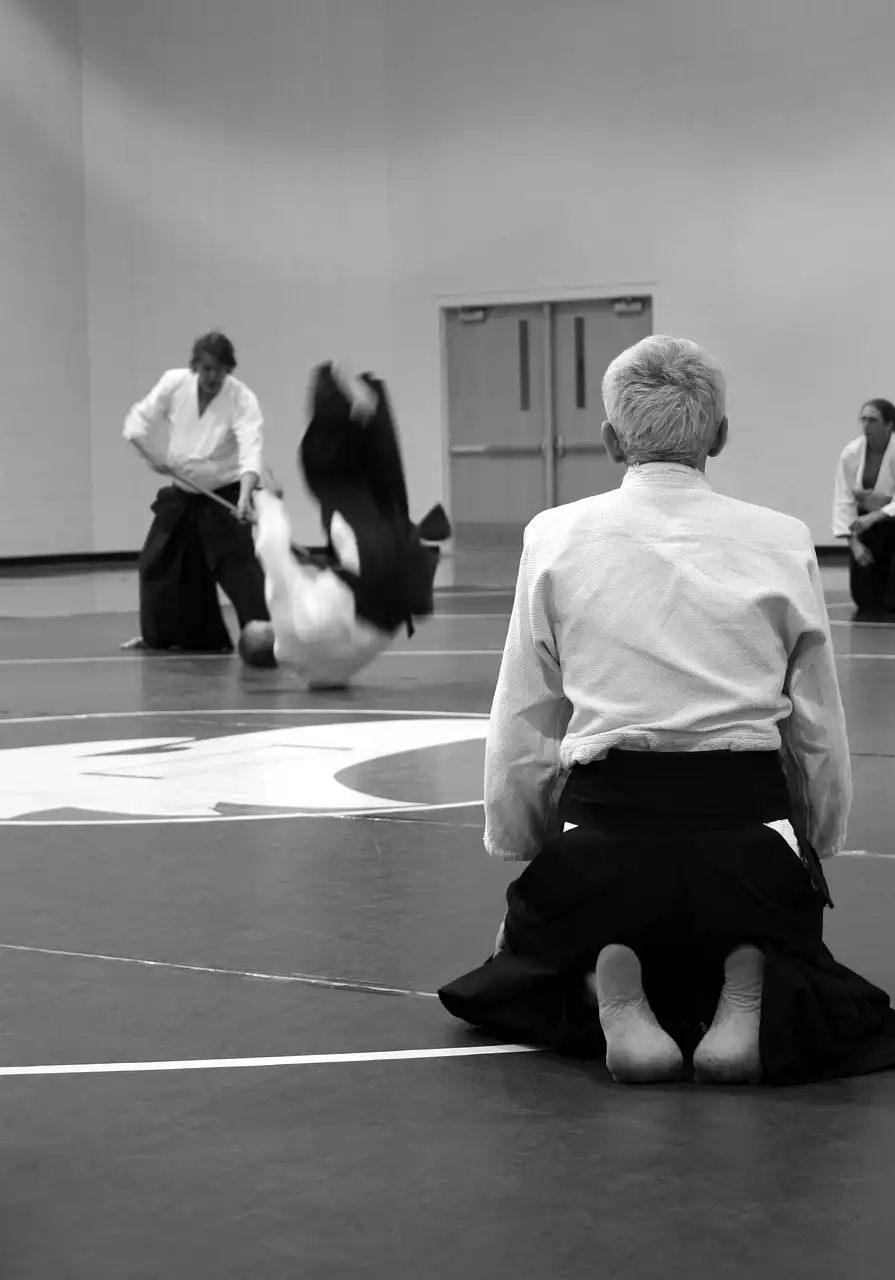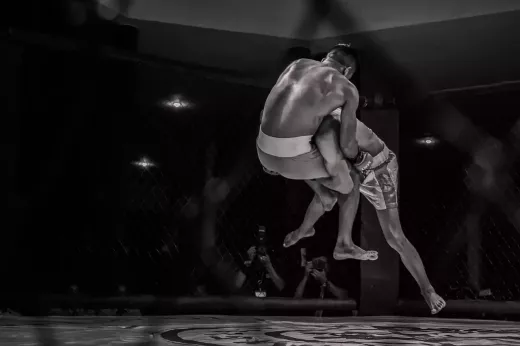Understanding Judo Self-Defense Techniques
Judo's self-defense techniques are based on the principles of leverage and balance. The goal is to use your opponent's strength against them, by disrupting their balance and using their momentum to throw or subdue them. Judo techniques involve both standing and ground techniques, which means that you can defend yourself in a variety of situations, whether you're standing or on the ground.
Judo is not just about physical techniques, but also about developing mental and emotional strength. Judo emphasizes the importance of respect, discipline, and perseverance, which are essential qualities for self-defense. In Judo, you learn to control your emotions and remain calm even in stressful situations, which is an essential skill for self-defense.
The Philosophy of Judo
Judo was founded by Jigoro Kano in 1882, to create a martial art that could be used for self-defense and personal development. Kano believed that Judo should be more than just a way to fight, but also a way to improve oneself and contribute to society. In Judo, the ultimate goal is not to defeat your opponent but to improve yourself and make the world a better place.
Judo is based on two fundamental principles: maximum efficiency with minimum effort and mutual welfare and benefit. The first principle means that you should use your opponent's strength against them, by using leverage and timing to throw or subdue them. The second principle means that Judo should be used for the mutual benefit of both the practitioner and society as a whole.
The Importance of Learning Self-Defense Techniques
Learning self-defense techniques is important for everyone, regardless of age or gender. In today's world, it's essential to know how to protect yourself from physical harm. Judo self-defense techniques are highly effective because they allow you to defend yourself against larger and stronger opponents. Judo techniques are not based on brute strength, but on leverage and timing, which means that anyone can learn them, regardless of size or strength.
In addition to physical self-defense, learning Judo self-defense techniques also helps to build confidence and self-esteem. Knowing that you can defend yourself in a dangerous situation can help you feel more secure and less vulnerable. Learning Judo self-defense techniques also helps to develop mental and emotional strength, which can be applied to other areas of your life.
Basic Judo Self-Defense Techniques
The basic Judo self-defense techniques are designed to be simple and effective. These techniques are easy to learn and can be used in a variety of situations. The first basic technique is the hip throw, which involves using your opponent's momentum to throw them over your hip. The second basic technique is the shoulder throw, which involves throwing your opponent over your shoulder. The third basic technique is the arm lock, which involves locking your opponent's arm and applying pressure to subdue them.
To perform these techniques effectively, you need to focus on timing and leverage. You need to disrupt your opponent's balance and use their momentum against them. You also need to be aware of your balance and positioning, to avoid being thrown or overpowered by your opponent.
Intermediate Judo Self-Defense Techniques
The intermediate Judo self-defense techniques are more complex and require more skill and practice. These techniques are designed to be used against more skilled opponents or in more dangerous situations. The first intermediate technique is the sweep, which involves sweeping your opponent's legs out from under them. The second intermediate technique is the choke, which involves applying pressure to your opponent's neck to subdue them. The third intermediate technique is the joint lock, which involves locking your opponent's joints and applying pressure to subdue them.
To perform these techniques effectively, you need to have good timing, balance, and control. You need to be able to read your opponent's movements and anticipate their actions. You also need to be able to apply the technique quickly and decisively, to avoid being countered by your opponent.
Advanced Judo Self-Defense Techniques
The advanced Judo self-defense techniques are the most complex and require the most skill and practice. These techniques are designed to be used against highly skilled opponents or in life-threatening situations. The first advanced technique is the throw, which involves throwing your opponent with maximum force and speed. The second advanced technique is the submission, which involves applying a joint lock or choke to force your opponent to submit. The third advanced technique is the combination, which involves combining multiple techniques to subdue your opponent.
To perform these techniques effectively, you need to have exceptional timing, balance, and control. You need to be able to read your opponent's movements and anticipate their actions while maintaining your balance and positioning. You also need to be able to apply the technique quickly and decisively, to avoid being countered by your opponent.
Applying Judo Self-Defense Techniques in Real-Life Situations
Judo self-defense techniques can be applied in a variety of real-life situations, such as street fights, muggings, and sexual assaults. The key is to remain calm and focused and to use the appropriate technique for the situation. In a street fight, for example, you may need to use a throw or a joint lock to subdue your opponent. In a mugging, you may need to use a choke or a sweep to escape from your attacker. In a sexual assault, you may need to use a combination of techniques to defend yourself and escape.
It's important to remember that Judo's self-defense techniques should only be used in self-defense situations, and not for aggression or revenge. Judo is a martial art that emphasizes respect, discipline, and mutual benefit, and these principles should be applied to all aspects of your life.
Partner Drills for Judo Self-Defense Techniques
Partner drills are an essential part of Judo training, as they allow you to practice Judo techniques in a safe and controlled environment. Partner drills also help to develop timing, balance, and control, which are essential skills for Judo's self-defense techniques. The first partner drill is the uchikomi drill, which involves practicing throws and techniques repeatedly with a partner. The second partner drill is the randori drill, which involves free-style practice with a partner, where you can use any Judo technique to subdue your opponent.
Partner drills should be practiced regularly, to develop muscle memory and conditioning. It's important to practice with partners of different sizes and skill levels, to develop adaptability and versatility.
Training Tips for Judo Self-Defense
To become proficient in Judo self-defense techniques, it's important to train regularly and consistently. Here are some training tips to help you improve your Judo skills:
1. Focus on technique: Judo self-defense techniques are based on leverage and timing, not brute strength. Focus on developing proper technique, rather than relying on strength.
2. Practice partner drills: Partner drills are essential for developing timing, balance, and control. Practice partner drills regularly, with partners of different sizes and skill levels.
3. Train with a qualified instructor: To learn Judo self-defense techniques effectively, it's important to train with a qualified instructor who can provide feedback and guidance.
4. Cross-train in other martial arts: Cross-training in other martial arts can help to develop versatility and adaptability, and can also provide new perspectives on Judo self-defense techniques.
5. Practice visualization: A visualization is a powerful tool for improving Judo skills. Visualize yourself performing Judo self-defense techniques successfully, and focus on the details of the technique.
